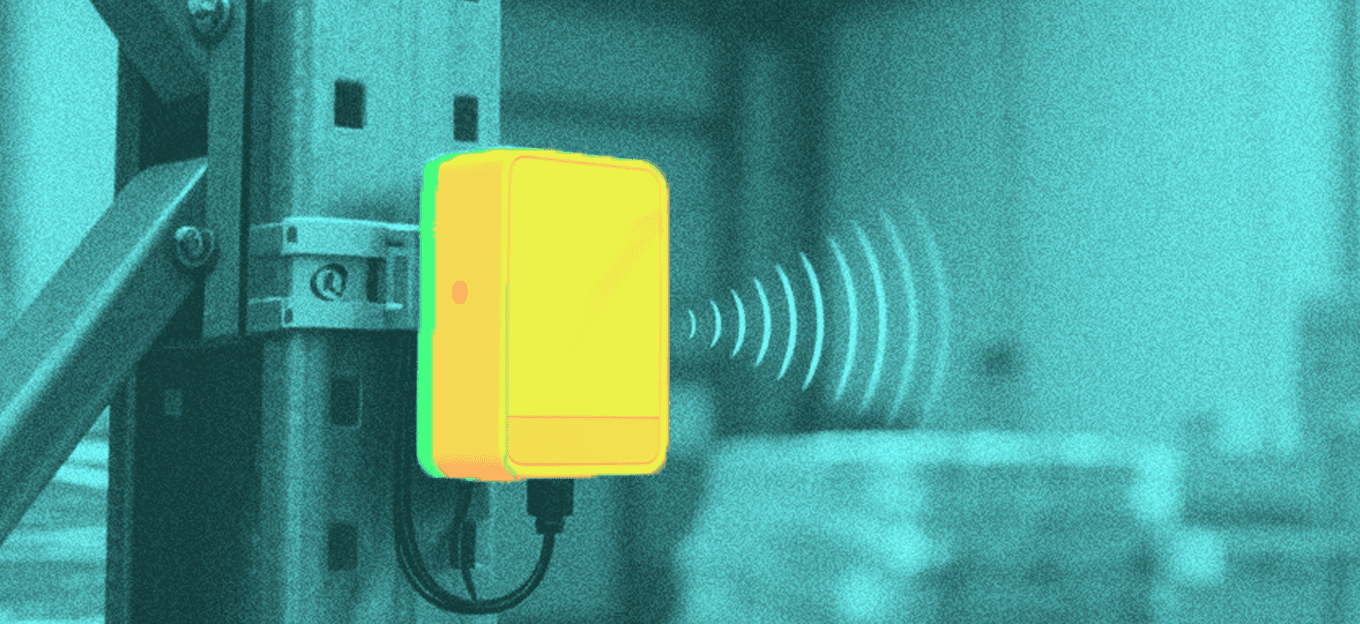RFID Asset Management: Turning Chaos Into Clarity
RFID Asset Management: Turning Chaos Into Clarity
- Last Updated: October 14, 2025
Cykeo
- Last Updated: October 14, 2025



Managing assets isn’t just about knowing what you own—it’s about knowing where everything is, how it’s being used, and whether it’s still worth keeping. That’s where RFID asset management comes into play.
Unlike barcodes, which need line-of-sight scanning, RFID lets you walk into a room and instantly know what’s there. I’ve seen it cut inventory time from hours to minutes, and more importantly, it eliminates those “ghost assets” that accounting swears are still around but nobody can actually find.
How RFID Asset Management Works
At its core, the system runs on three building blocks:
- Tags – Stick them on laptops, tools, or even medical equipment. They can be passive (cheap, no battery, activated by the reader) or active (battery-powered, broadcasting their presence constantly). There’s even a middle ground called semi-passive tags, handy when you need environmental data like temperature.
- Readers – Fixed readers at doorways can quietly track what comes and goes, while handheld readers are perfect for field teams doing spot checks.
- Software – This is where the magic happens. The raw signal becomes a living database: locations, movement history, and audit trails, all without manual input.
The Real-World Payoff
Here’s what happens once you set it up properly:
- Inventory accuracy jumps – Companies that used to run at about 60% accuracy can push it up into the 90s. That’s not theory—I’ve personally watched a warehouse manager breathe easier after the system caught duplicate records that had been messing up his reports for years.
- Audits stop being nightmares – With RFID, you can reconcile assets in bulk without lifting every single item. Instead of a two-day scramble, it can take just a few hours.
- Operational visibility – Knowing where assets are in real time isn’t just about saving time, it also means people stop hoarding spares “just in case.” That alone can reduce excess stock and free up capital.
Things Nobody Tells You Beforehand
It’s not all smooth sailing. Here are a few things that usually come up in real projects:
- Cost isn’t just tags – Sure, passive tags can be dirt cheap, but readers, antennas, and integration with your existing ERP or CMMS system are where the real budget goes.
- Placement matters – Stick a tag on a metal toolbox without the right type of inlay, and you’ll wonder why the reader keeps missing it. A bit of trial and error is unavoidable.
- People still matter – RFID isn’t an autopilot. Someone still has to design the workflow, decide what counts as “critical assets,” and keep the database clean.
Where RFID Asset Management Fits Best
From what I’ve seen, RFID shines in environments where:
- Assets move a lot (construction tools, hospital equipment, IT gear).
- Accuracy really matters (regulated industries, finance, healthcare).
- Manual audits are eating up too much time.
If you’re a small workshop with ten machines, RFID might feel like overkill. But once you scale up to hundreds or thousands of items spread across sites, the return on investment usually makes sense within a year or two.
Final Take
RFID asset management isn’t just about tracking stuff—it’s about clarity. It gives you real visibility into what you have, where it is, and whether it’s being used effectively.
Yes, the setup takes planning and some upfront cost, but the long-term benefits—less wasted time, fewer missing assets, smoother audits—are hard to ignore. If you’ve ever spent half a day looking for a piece of equipment you swear was there last week, you’ll appreciate just how much peace of mind RFID can buy.
The Most Comprehensive IoT Newsletter for Enterprises
Showcasing the highest-quality content, resources, news, and insights from the world of the Internet of Things. Subscribe to remain informed and up-to-date.
New Podcast Episode

What is Hybrid Connectivity for IoT?
Related Articles

